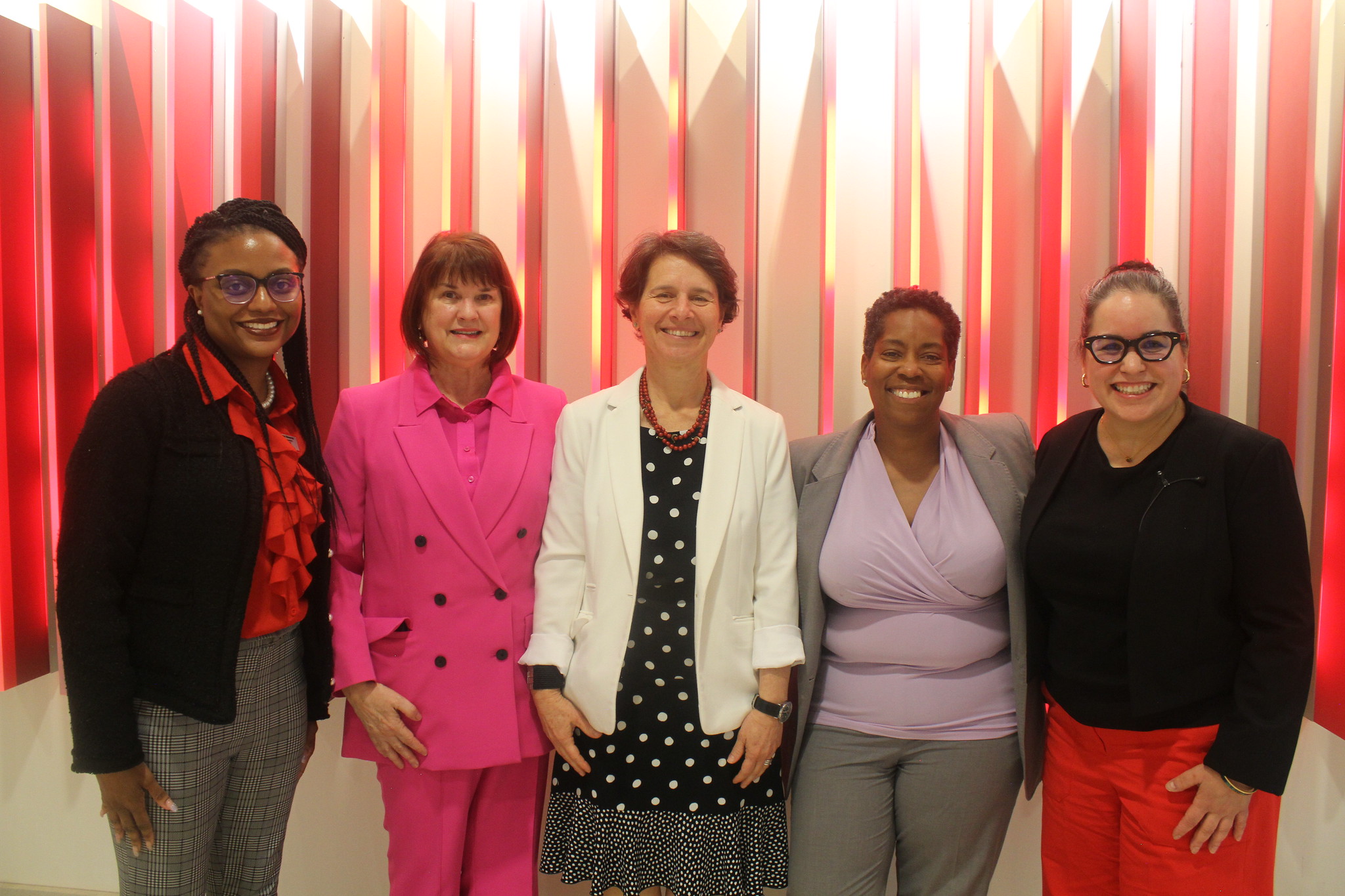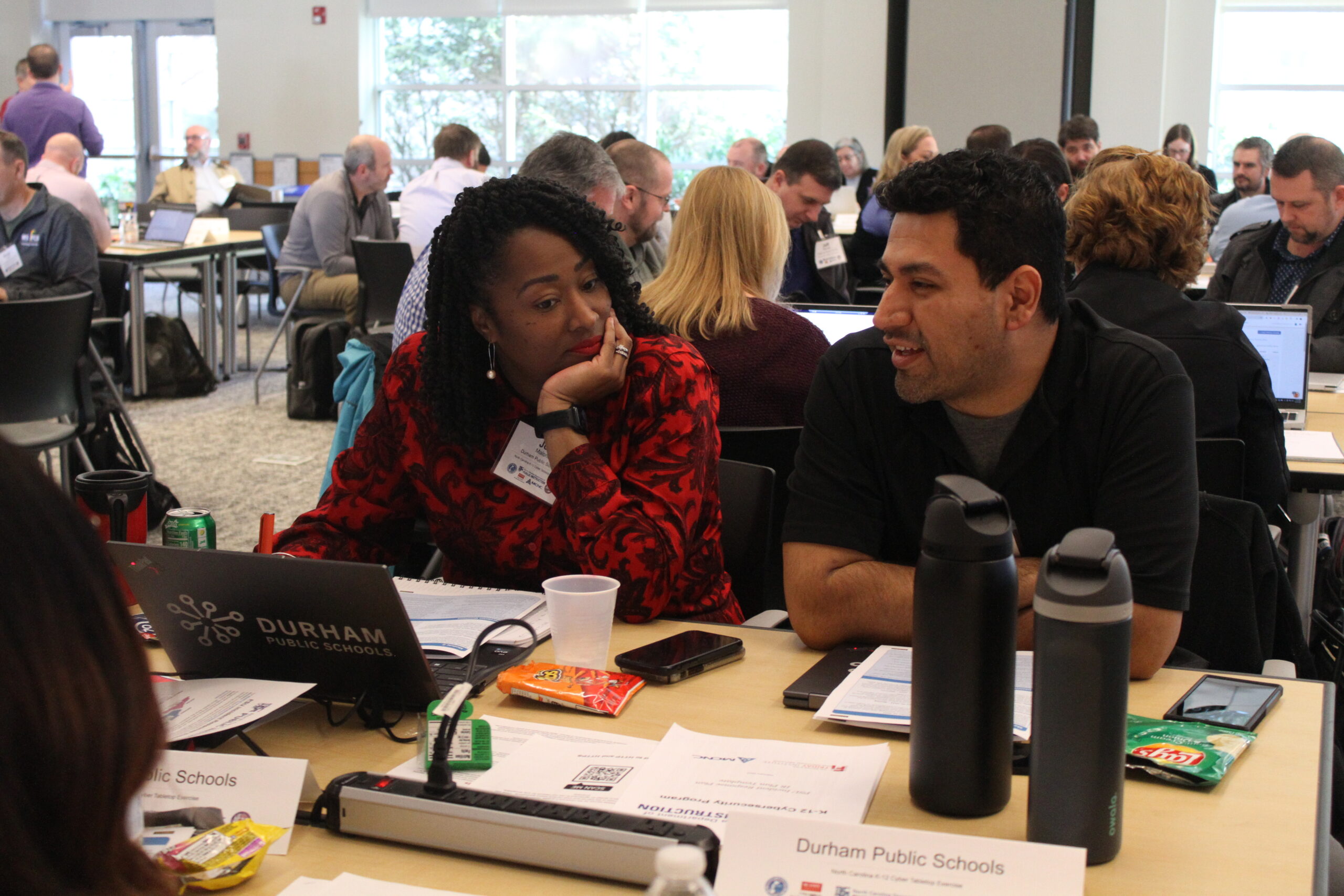Nurturing Social Capital On Large Project Teams
With research-practice partnerships (RPPs) on the rise, understanding how large interdisciplinary teams work together is increasingly important. Facilitating and sustaining long-term collaborations between researchers, educators and other educational agencies can be quite challenging, as each operate in different spheres of work and practice. Despite the challenges, success is possible and sustainable.
Over a two-year period, scale researchers from the Friday Institute for Educational Innovation, in collaboration with Alan Daly at UCSD, used social network analysis to study the interactions of a large, interdisciplinary team working on an NSF Math and Science Partnership project. Through this research, four key components were identified for the success of research-practice partnerships on large project teams.
Build for collaboration, not just communication. While communication between members of any project team is important, to achieve success, members of RPPs must go beyond communication to engage in collaborative cycles of inquiry, collective sense-making and the investigation of strategies, tools and/or resources that improve school and district outcomes. Building for collaboration requires that all stakeholder perspectives are represented and that the team is systematic in their inquiry. Teams might, for example, develop the following set of questions to guide the construction of collaborative cycles of inquiry:
- How often will we need to collect data on our short-term, intermediate and long-term outcomes?
- Who should collect the data, and who will data be collected from?
- Who should the results be shared with and when?
- How and when will the results be used? What aspects of the project may change based on the results?
Build relationships with and between teachers. Building relationships with teachers takes time and patience. Teachers have packed schedules—they have pacing guides that they are required to follow, and in addition to developing and giving lessons, they are also responsible for professional development sessions, parent-teacher conferences and extra duties around the school. Most teachers do not have individual phone lines in their classrooms, and most teachers receive a prohibitive amount of email on a daily basis. Thus, alternative and flexible communication and collaboration channels will be needed.
Working with teachers who are located at close-by schools can foster face-to-face interactions and allow for better communication. When partnering with teachers, team members should be prepared to work around their demanding schedules. Partnering with groups of teachers at fewer schools as opposed to isolated teachers at many schools is beneficial, as teachers can use their existing social networks to further foster and support project participation.
Build consensus around project goals. The beginning of any project starts with identifying goals and measures for success. With large interdisciplinary teams, members could have very different ideas for the project’s goals and metrics for success. Team members working towards varying goals and aiming for different forms of success slow the team’s progress.
RPPs should formalize project goals and align them with appropriate measures of success. Identifying what success looks like will allow all team members to be on the same page moving forward. Additionally, teams should regularly revisit project goals and success metrics to ensure continued alignment.
Build consensus around team members’ roles. On large, interdisciplinary teams where individuals can come with a variety of skills, backgrounds and experiences, it is important for team members to understand the value that everyone brings to the table. Understanding the expertise and perspectives of individual team members can help the group as a whole to build consensus around team members’ roles.
Because teams evolve and change over time, it is helpful to have one or more people who serve as the “glue” for the team. When one or two team members understand the expertise of members across the team, they can communicate this information with others. They can identify who to seek out for specific needs and can share how team members are applying their skills to benefit the project. Whether the “glue” is the principal investigator of the project or someone in a project manager role, having someone understand the team infrastructure will aid in achieving consensus around member roles.
Although these four components cannot ensure your RPPs success, they do provide a set of guidelines and practices that will help you avoid common pitfalls for large teams.
For an in-depth look at the Friday Institute’s findings, you can read the whitepaper here and the full report here.

